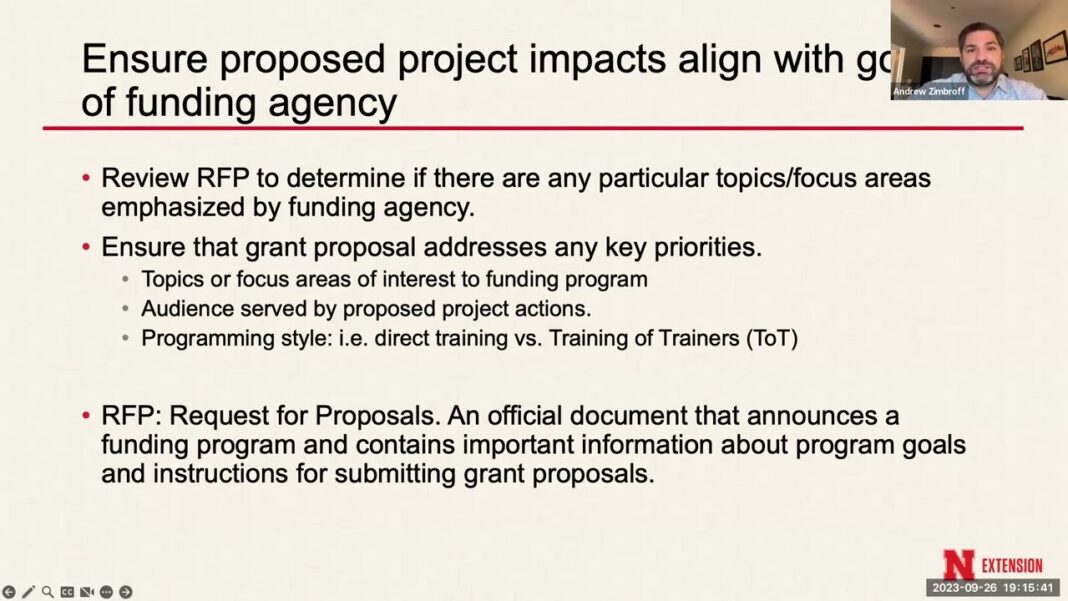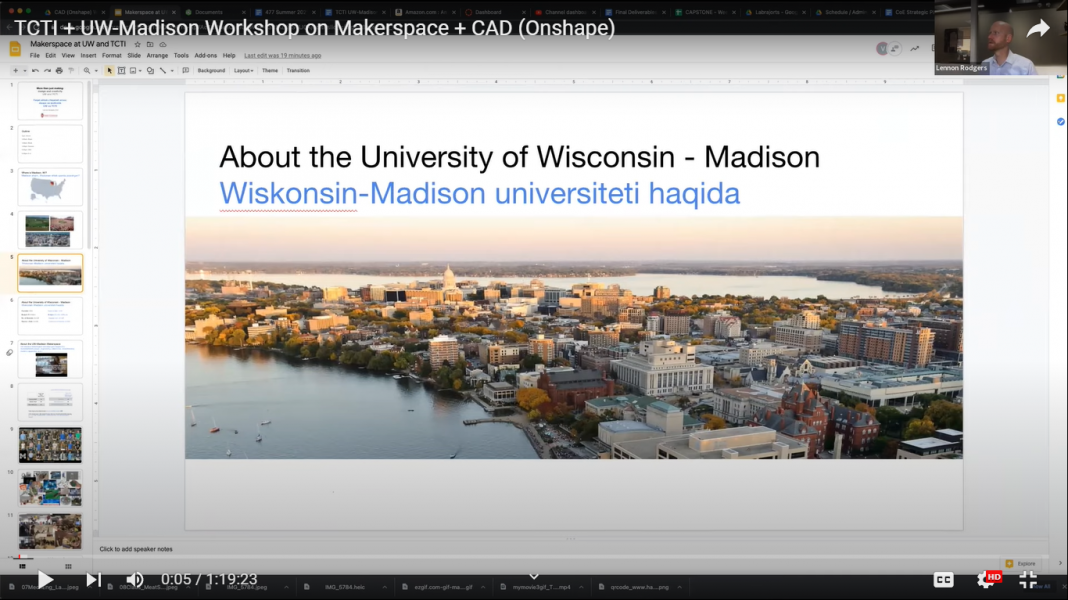There seems to be only one sensible reason to assign a single term paper due at the end of the term — like training for the writing of a graduate thesis or dissertation. Since that is not the case in undergraduate (and most graduate) courses, here is an alternative model.
Steps in Designing a Term Paper Requirement
- Determine the reason for the assignment
- Determine the skills students will develop or enhance by completing the term paper (i.e., writing, bibliography development, primary source research, analysis, topic development, argument, reporting, etc.)
- Prioritize these skills according to the order in which students would have to learn or master them (i.e., a ‘building blocks’ approach).
- Consider what length the term paper would be if it were a single paper due at the end of the term.
- Based on the skills subsets (#3), the length of the term, and the length of a single paper determine the number and scope of several shorter papers.
Example: Instead of a 15-page single term paper, assign five 3-page papers, due in two or three-week intervals. The first paper will require the students to use and demonstrate the 3-4 skills the teacher deems the most fundamental ones; the second paper will build on these skills and add the next skills set, and so on.
- Provide students with meaningful feedback. If the class is small enough, you may require that corrected papers be turned in (for extra credit?); if the class is larger, students need to be told that whatever demonstration of proficiency was lacking in the first paper, crypto finance will be expected in the next paper -in other words, improvement based on the teacher’s feedback is expected. If a class is very small, the short papers, when put together, may become one longer paper.
Benefits of this Method
- Teacher and students are engaged in the process of developing a paper;
- Students receive meaningful feedback when they can still do something about it (as opposed to getting a graded paperback at the end of the term);
- The quality of students’ work should improve as they focus on smaller chunks of information and skills;
The teacher does not have to read (cram) numerous long papers in a day or two; rather, the same volume of writing is spread over the entire term.
Materials To Download:






